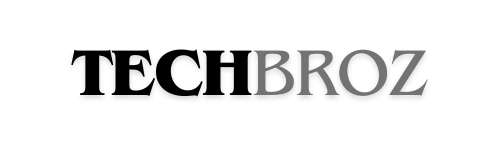Have you ever built something amazing only to watch the foundation shift beneath your feet? That’s exactly how many content creators are feeling right now about Substack.
What Actually Happened with Substack?
Substack made some changes that have creators seriously concerned. While the platform hasn’t disappeared overnight, the adjustments they’ve implemented are making many wonder if the golden age of independent publishing on Substack is coming to an end.
The core issue revolves around how Substack handles discovery and monetization. Many creators built their entire businesses on the platform, trusting that their audience would always be able to find them. Recent updates have made it harder for new subscribers to discover creators organically, which fundamentally changes how the ecosystem works.
Why This Matters for Content Creators
If you’re a creator, you know how hard it is to build an audience from scratch. Platforms like Substack offered a promising solution – a place where you could focus on creating great content while the platform handled the technical stuff and helped with discovery.
Now imagine spending months or years building your newsletter, only to wake up one day and find that your growth has stalled because the platform changed its algorithms or features. That’s the reality many creators are facing right now.
Here’s what’s particularly concerning:
- Reduced organic reach for new creators
- Changes to recommendation algorithms
- Increased competition from established names
- Uncertainty about future platform changes
The Bigger Picture: Platform Dependency Risks
This situation highlights a problem that’s been brewing for years. Remember when YouTube changed its monetization policies overnight? Or when Instagram shifted from showing chronological feeds to algorithm-based ones? Each time, creators who built their livelihoods on these platforms had to adapt quickly or risk losing their income.
I have a friend who runs a successful history newsletter. She poured everything into building her Substack audience over two years. Last month, her new subscriber rate dropped by 60% without any changes to her content quality or publishing schedule. She’s now scrambling to build an email list outside of Substack, but it feels like starting over.
This pattern keeps repeating itself across different platforms. Creators get comfortable, build an audience, and then platform changes disrupt everything. It’s becoming clear that putting all your eggs in one platform basket is increasingly risky.
What Can Creators Do Now?
If you’re worried about these Substack changes, there are practical steps you can take. First, diversify your platforms. Don’t rely solely on Substack for your audience connection. Build an email list that you control, and consider cross-posting to other platforms.
Second, focus on building a community rather than just a subscriber count. Engaged communities will follow you across platforms if they truly value your content. Finally, keep multiple revenue streams in mind. Newsletter subscriptions are great, but consider adding products, courses, or consulting to create a more stable income foundation.
The truth is, no platform will ever care about your business as much as you do. While Substack just killed certain aspects of the creator economy that made it attractive initially, it’s also a wake-up call for all digital creators.
What’s your plan if your primary platform suddenly changes the rules? Have you started thinking about building a more independent presence online?



